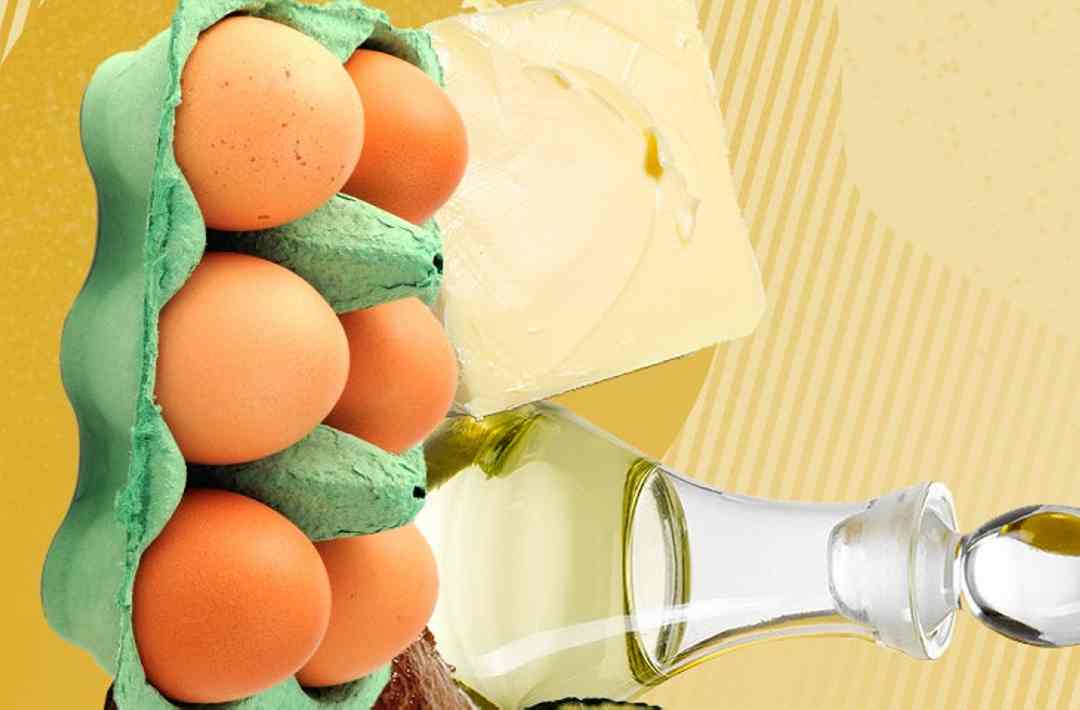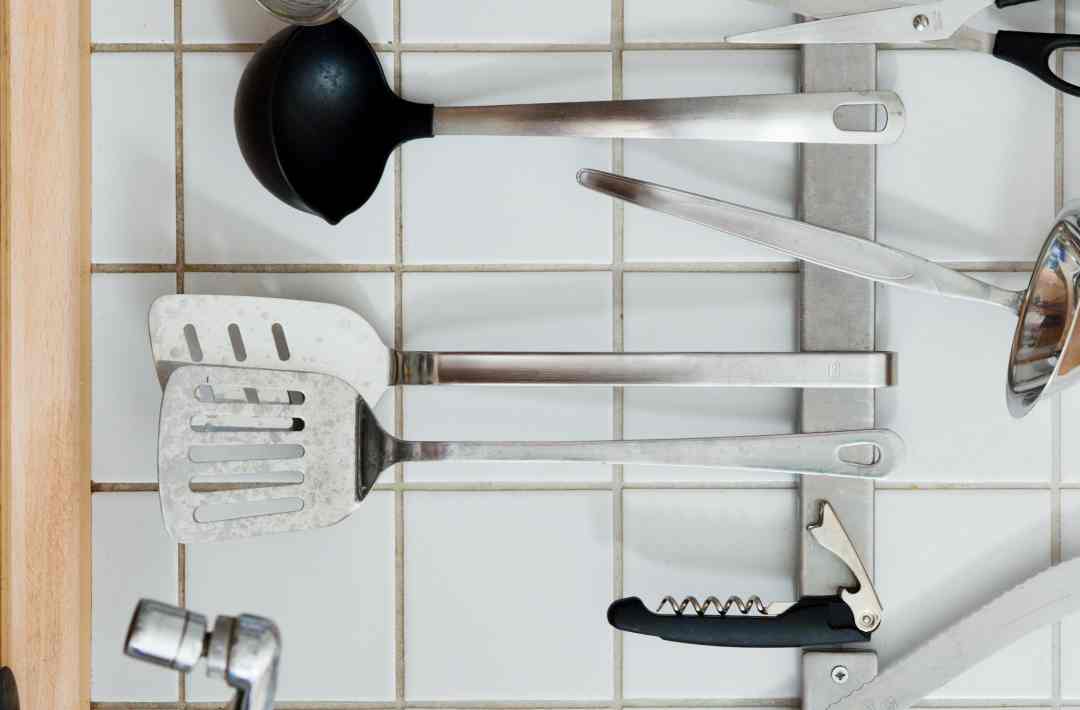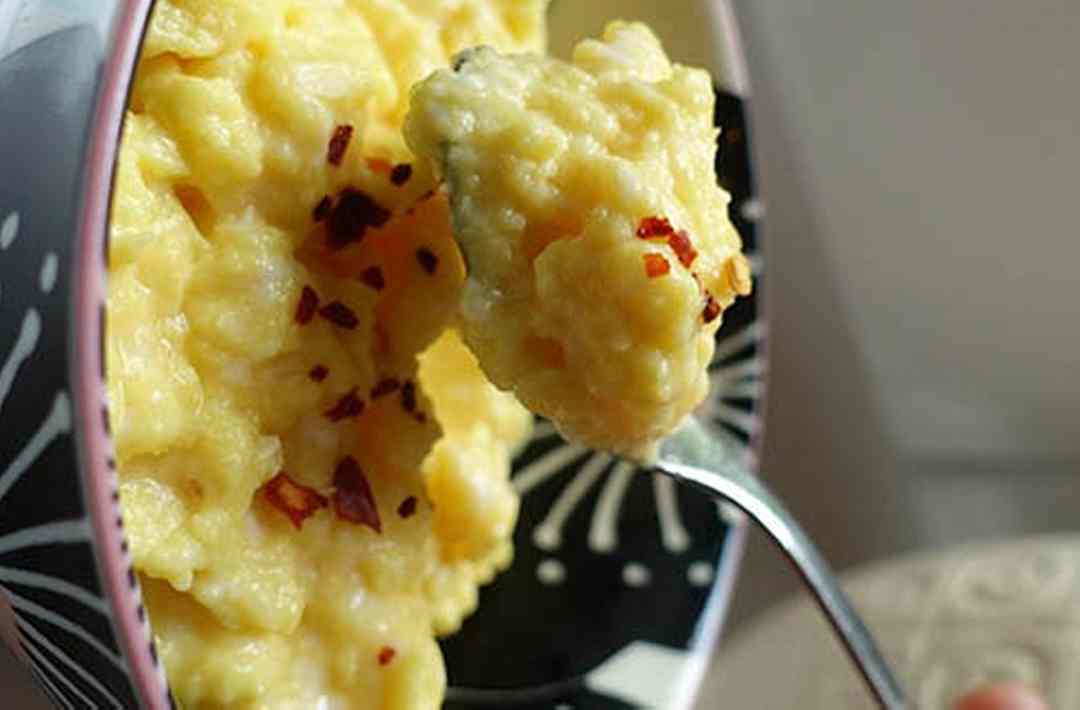Of the three macronutrients—carbohydrates, fat, and protein—none has been alternately diabolized and worshipped quite like fat has. Once public enemy number one back in the ‘80s and ‘90s, today it’s at the crux of the popular keto diet. In both scenarios, though, the surprisingly massive and complex role fat plays in our bodies is not really clear. Let’s talk about what fat actually does in the body.
What fat actually is
Fats are one of the three macronutrients (nutrients we need in large quantities) found in the food we eat, in addition to protein and carbohydrates. These surprisingly complex molecules provide the slowest, most efficient form of energy for our bodies, according to Merck Manuals.
You can find dietary fat in virtually all animal products like meat, dairy, eggs, and fish. Fat also shows up in a bunch of plant foods. Dietary fats are found in very high amounts in nuts, seeds, olives, avocados, and coconuts—and, in their purest form, in oils made from plants and plant seeds (like olive oil, canola oil, or safflower oil). But other plant foods, like beans and even whole grains, also contain a tiny amount of fat.
Foods that are almost totally made of fat, like butter, lard, or vegetable oil, get classified as “fats” in dietary parlance. While many animal products, like milk, yogurt, and ground beef, also contain relatively high amounts of fat, we call them “proteins” because they are highest in that macro. (Plus, the fat content is often reduced or removed during processing—e.g. skim milk or lean meat.)
The different kinds of fats
The main kinds of fat found in food are triglycerides, Whitney Linsenmeyer, Ph.D., R.D., nutrition and dietetics instructor in the Doisy College of Health Sciences at Saint Louis University and spokesperson for the Academy of Nutrition and Dietetics, tells SELF. Triglycerides are composed of three fatty acids—a chain of hydrocarbons linked to a group of oxygen, hydrogen, and carbon—and a small compound called glycerol.
The way these chains are bonded and their length help determine exactly what kind of triglyceride or fat it is. There are three main types of fat, and despite being equally delicious, they are actually pretty different from one another.
Saturated fats are, simply, fat molecules that are full of (or “saturated” with) molecules of hydrogen, the American Heart Association (AHA) explains. Typically solid at room temperature, they’re most common in animal products, but they’re also found in significant quantities in coconut oil and palm oil, per the AHA.
The second type is unsaturated fat, which is not fully saturated with hydrogen. There are two subtypes: Monounsaturated fat molecules have a single unsaturated carbon bond, while polyunsaturated fats have more than one unsaturated carbon bond, the AHA explains. Both kinds are usually liquid at room temperature, and are found in large amounts in fish, avocados, walnuts, and various types of vegetable oils.
While foods are often higher in either unsaturated or saturated fat, all dietary fat contains some of both types of fatty acids, according to the Dietary Guidelines.
Trans fats, however, are a whole different ball game. While they do occur naturally in tiny amounts in meat, dairy, and some oils, according to the FDA, most trans fats are artificially produced during an industrial process wherein hydrogen is added to liquid vegetable oils in order to solidify them, creating partially hydrogenated oils. The FDA actually banned these artificial trans fats, most commonly found in fried foods and processed baked goods, because of their link to heart disease. (Although the ban went into effect in June 2018, foods manufactured before that date can be sold through January 1, 2020.)
Why we even need fats
Fat has an absurdly long to-do list when it comes to helping our bodies function. First off, fats supply a ton of energy—it packs 9 calories per gram, compared to 4 calories in every gram of protein or carbohydrate—some of which we use immediately, and much of which is reserved for later when the energy we get from carbs (which our bodies prefer to use since they’re easier to break down and use quickly) is depleted, according to the FDA.
But this macro does so much more than energize us. Fat is a basic component of cell membranes in every cell throughout our bodies, making it essential for body growth and development. It is integral to body processes from blood clotting and nervous system functioning to reproduction and our immune system response, according to the FDA.
Many of these benefits can be attributed to those essential fatty acids found in dietary fats. For instance, two of the essential fatty acids that we need for brain development and function can be made using linolenic acid, a fatty acid found in certain vegetable oils and fish oils, Merck Manuals explains.
There are certain crucial vitamins that our bodies can only absorb with the help of fat (i.e. fat-soluble vitamins), like vitamins A, D, E, and K—which play key roles in maintaining healthy bones, teeth, hair, skin, and sight, among other things. Like we said, pretty crucial.
Finally, fats can help regulate your cholesterol levels. Unsaturated fats can help lower your LDL cholesterol (low-density lipoprotein, also known as ‘bad cholesterol’) and raise your HDL (high-density lipoprotein, the thumbs-up kind), according to the AHA, which is associated with a lower risk of heart disease. (We’ll talk more about lipoproteins in a bit.) But consuming trans fats and large amounts of saturated fats, especially in place of unsaturated fats, have been shown to do the opposite: up your LDL and depress your HDL, effects that are linked with a higher risk of developing heart disease, according to the FDA.
All of this is why depriving your body of dietary fat is generally not good for your health. Eating a very low-fat diet puts you at risk of not reaping all of those benefits we just discussed. For instance, eating a very low-fat diet can make it hard for your body to absorb enough of the fat-soluble vitamins, the Mayo Clinic explains, leading to vitamin deficiencies and all the ill effects that come with them. A very low-fat diet can also deny your body of the essential fatty acids it needs. Finally, if you’re not eating enough fat, then you’re also going to miss out on the other nutrients that foods containing modest and high amounts of fat have to offer.
What happens in your body when you eat fat
The very first thing that happens when you eat fat? Your mouth gets happy. “Fats help contribute to the mouthfeel of the food by coating the mouth and helping you savor the food longer,” Colleen Tewksbury, Ph.D., M.P.H., R.D., a senior research investigator and bariatric program manager at Penn Medicine and president-elect of the Pennsylvania Academy of Nutrition and Dietetics, tells SELF. This enhanced mouthfeel helps distribute whatever tastes the fat molecules are carrying with them to more of your tastebuds, where they can linger for longer—making the food’s flavor both more intense and lasting. (Think heavenly garlic-infused olive oil, for instance.) There is also research suggesting we may have specialized taste receptors for the taste of fat itself, similarly to how we do for sweetness and saltiness.
Most Popular
- 5 Less Obvious Signs of Seasonal Depression You Should Definitely Pay Attention To
By Maggie O’Neill
- 42 Creative Valentine’s Day Gifts for Guys
By Sarah Madaus
- Just Some Fun Sex Toys You and Your Partner Will Love
By Gabrielle Kassel
While you’re busy smacking your lips, your body is preparing for the lengthy process of breaking fats all the way back down into their basic components: fatty acids and glycerol. This requires a good deal of finessing on the part of our digestive system. “Fats are kind of the most high-maintenance macronutrient in terms of digestion and absorption,” Linsenmeyer says.
That’s because the environments of the GI tract (and, later, the bloodstream) are water-based. And if you’ve ever tried to whisk up, say, olive oil and lemon juice, you know that oil and water don’t readily mix well. “So because fat is water-insoluble, we have pretty complex mechanisms to basically emulsify and break down those fats, and then absorb them and transport them throughout the blood,” Linsenmeyer explains.
This is part of the reason why we digest fatty foods more slowly and feel like they stick to our ribs longer. While carbs are great for that quick hit of energy, “fats literally slow down how quickly the stomach is emptying food into the small intestine,” Linsenmeyer says, promoting and prolonging feelings of fullness.
The whole process kicks off in the stomach, where the enzyme lipase gets mixed in to start breaking things down, Tewksbury explains. As your partially digested food moves along to the small intestine, various organs add different juices and enzymes to the mix, many of which are specialized in breaking down fat into smaller chains of fatty acids. One secretion is a digestive juice called bile, according to the National Institute of Diabetes and Digestive and Kidney Diseases (NIDDK). Bile acts like an emulsifier that enables fat to mix into a water-based substance, allowing it to be pulled into the bloodstream, Tewksbury explains.
How the body converts fat into energy
The blood from our intestines, with all those itty-bitty pieces of fat molecules in it, travels into the liver, which is kind of like a dispatch center for macronutrients after digestion, Tewksbury explains, where molecules can be assembled into different forms—such as HDL, certain fatty acid chains—based on what you’ve eaten and what your body needs before getting sent out to be used or stored. A bunch of processes can occur here— for example, the synthesis of the fatty acids our brain cells or other organs need. “There are lots of different things fat can be used for, and our body is really good at sorting through that,” Tewsbury says.
A lot of the time, the liver is converting excess fats into a storable form, according to the Mayo Clinic. It’s putting the glycerol and fatty acid molecules back together into triglycerides or cholesterol—the two types of fat in your blood, according to the Cleveland Clinic. Then it has to repackage them with proteins to form special little vehicles called lipoproteins that can carry the fats to where they need to go, Tewksbury explains.
On top of that, fats are the only macro that enlists the help of the lymphatic system to get into our cells. (We told you fats were high-maintenance.) These lipoproteins are still a little too big to be directly absorbed into the bloodstream, Linsenmeyer says, so they actually enter the lymphatic system first. This network of vessels, which carries fluids throughout the body, runs pretty much parallel to the circulatory system and has special pathways that helps channel these bulky lipoproteins right into the bloodstream.
Most Popular
- 5 Less Obvious Signs of Seasonal Depression You Should Definitely Pay Attention To
By Maggie O’Neill
- 42 Creative Valentine’s Day Gifts for Guys
By Sarah Madaus
- Just Some Fun Sex Toys You and Your Partner Will Love
By Gabrielle Kassel
Finally, these lipoproteins can chauffer the triglycerides throughout the circulatory system to their most common final destination: adipose (fat) cells throughout the body, known as adipose (fat) tissue, where energy is stored. (By the way, this is a good time to note that the relationship between dietary fat and body fat is so much more complex than “eating fat = gaining fat.” That relic of early nutrition science fails to take into account the central role of overall caloric intake, for example, plus the many other variables in the weight gain equation… which is a scientific deep-dive for another day.)
Then later, if the body’s preferred form of energy, glucose, is depleted—because you’re exercising, or between meals, or not eating enough carbs—your body can actually break the triglycerides stowed in your adipose cells back down into free fatty acids and glycerol and use them to make energy in the form of glucose. (Sometimes, when the body is deprived of carbs, the liver starts breaking fatty acids down into an alternate kind of fuel called ketones—a process that is the basis of the keto diet, as SELF previously reported.)
Now, as absurdly complicated as this whole thing is—seriously, props if you’re still with us—the reality is that there are actually a number of other processes taking place in our bodies when we eat fat that we aren’t even touching on here (involving various hormones, for instance). A lot of these complex mechanisms are occurring on a cellular level, and require a hefty bit of biochemistry to really flesh out.
What we’re doing here is presenting a big picture so you can better understand, on a basic level, how the fat in the food you eat impacts your body. The takeaway is that fat is not only delicious but critical for supporting your health—and that we’re all #blessed our bodies know exactly what to do when we eat it.


